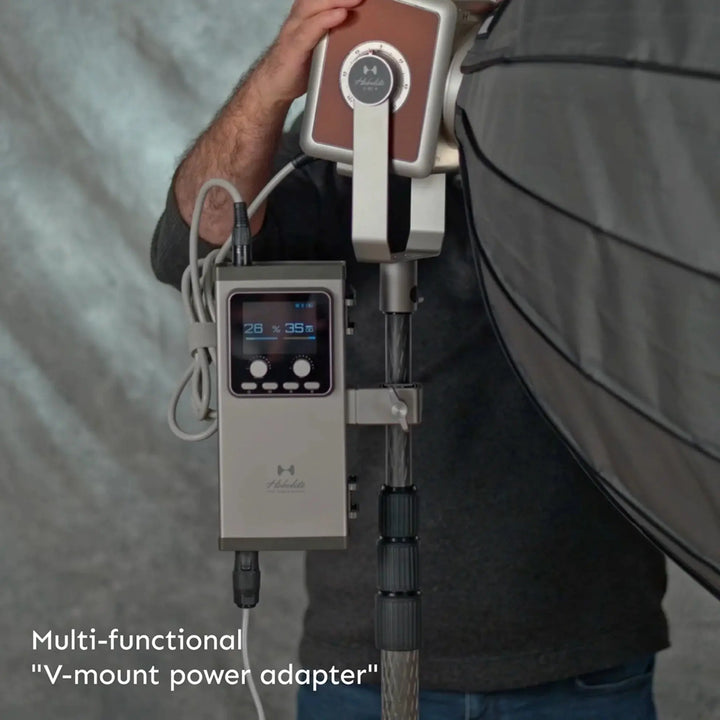Unlock Your Creativity: Discover the Ultimate Guide to Studio Lighting Secrets!
Studio lighting plays a pivotal role in photography and videography, often determining the quality and mood of your images. Proper lighting can transform a mundane shot into a captivating masterpiece, enhancing creativity and allowing you to convey stories visually. Whether you’re a seasoned professional or a hobbyist eager to improve, understanding the nuances of studio lights is essential. This article aims to explore the various types of studio lights available, their unique features, and provide guidance on choosing the right lighting setup that meets your specific needs.

Understanding Studio Lighting
Studio lighting refers to the controlled use of light sources in a studio environment to achieve desired effects in photography and videography. The basic principles of lighting include understanding light sources, color temperature, and lighting direction. Light sources can be natural or artificial, and mastering their use is crucial for achieving the right ambiance. Color temperature, measured in Kelvins, affects the warmth or coolness of your images, while the direction of light influences shadows and highlights, adding depth and dimension. By grasping these foundational concepts, you can manipulate light to enhance your creative projects.
Types of Studio Lights
When it comes to studio lighting, several types are commonly used, each serving unique purposes and offering distinct characteristics. Continuous lights, flash/strobe lights, and LED panels are the primary types you will encounter. Continuous lights provide a steady light source, allowing you to see the effects in real-time. Flash or strobe lights, on the other hand, offer powerful bursts of light that can freeze motion and create dramatic effects. Lastly, LED panels have gained popularity due to their energy efficiency and versatility. Understanding the differences among these lighting types will help you select the most suitable option for your projects.
Continuous Lights
Continuous lighting is often favored for its user-friendly nature and the ability to see the light effects as you adjust settings. This type of lighting is particularly useful for beginners who are still learning the ropes of studio lighting. Continuous lights are ideal for video shoots, where real-time feedback is crucial, as well as for still photography where you want to capture natural-looking images. They work well in controlled environments, allowing for experimentation without the pressure of timing that comes with flash lighting.
Flash/Strobe Lights
Strobe lights are a go-to choice for many photographers due to their powerful output and creative versatility. These lights produce a quick burst of light, allowing for high-speed photography and capturing fast-moving subjects with clarity. The sync speed of strobe lights is vital; it determines how fast the camera shutter can open and close while the light fires. This makes them perfect for action shots and dramatic portraits. Additionally, strobe lights can be used with various modifiers to create soft or hard lighting effects, enabling a wide range of creative possibilities.
LED Panels
LED panels have surged in popularity thanks to their energy efficiency, adjustable color temperatures, and low heat output. These lights can easily be fine-tuned to fit specific needs, making them suitable for various scenarios, from product photography to video production. They are lightweight and portable, which is a huge advantage for on-location shoots. Many LED panels also come with features such as dimming capabilities and remote control, adding to their convenience and flexibility. As a result, they are becoming a staple in modern studios.
Features to Consider When Choosing Studio Lights
When selecting studio lights, several key features should be considered to ensure you make the right choice for your creative projects. Output power is crucial, as it determines how bright your lights will be and how they will perform in different environments. Adjustable settings allow for customization based on specific requirements, while portability can be a deciding factor for those who shoot on location. Color accuracy is another vital feature; lights should reproduce colors faithfully to avoid post-production headaches. By assessing your needs and prioritizing these features, you can find a lighting solution that aligns with your creative vision.
Tips for Effective Studio Lighting Setup
Setting up studio lights effectively can make a significant difference in your results. One of the most popular techniques is the three-point lighting setup, which involves using a key light, fill light, and backlight to create depth and dimension in your subject. Using modifiers such as softboxes or umbrellas can help control shadows and soften harsh light, providing a more flattering look. Additionally, don’t be afraid to experiment with different angles and placements to discover unique lighting styles that suit your creative endeavors. The key is to practice and adapt your setups to achieve the best results.
Key Takeaways on Studio Lighting
In conclusion, studio lighting is an essential aspect of photography and videography that can significantly enhance your creative projects. By understanding the different types of studio lights and their features, you can make informed choices that will elevate your work. Remember that experimenting with lighting is key to discovering your unique style, so don’t hesitate to explore and play with various setups. With the right lighting, you can unlock your creativity and take your photography or videography to new heights.












